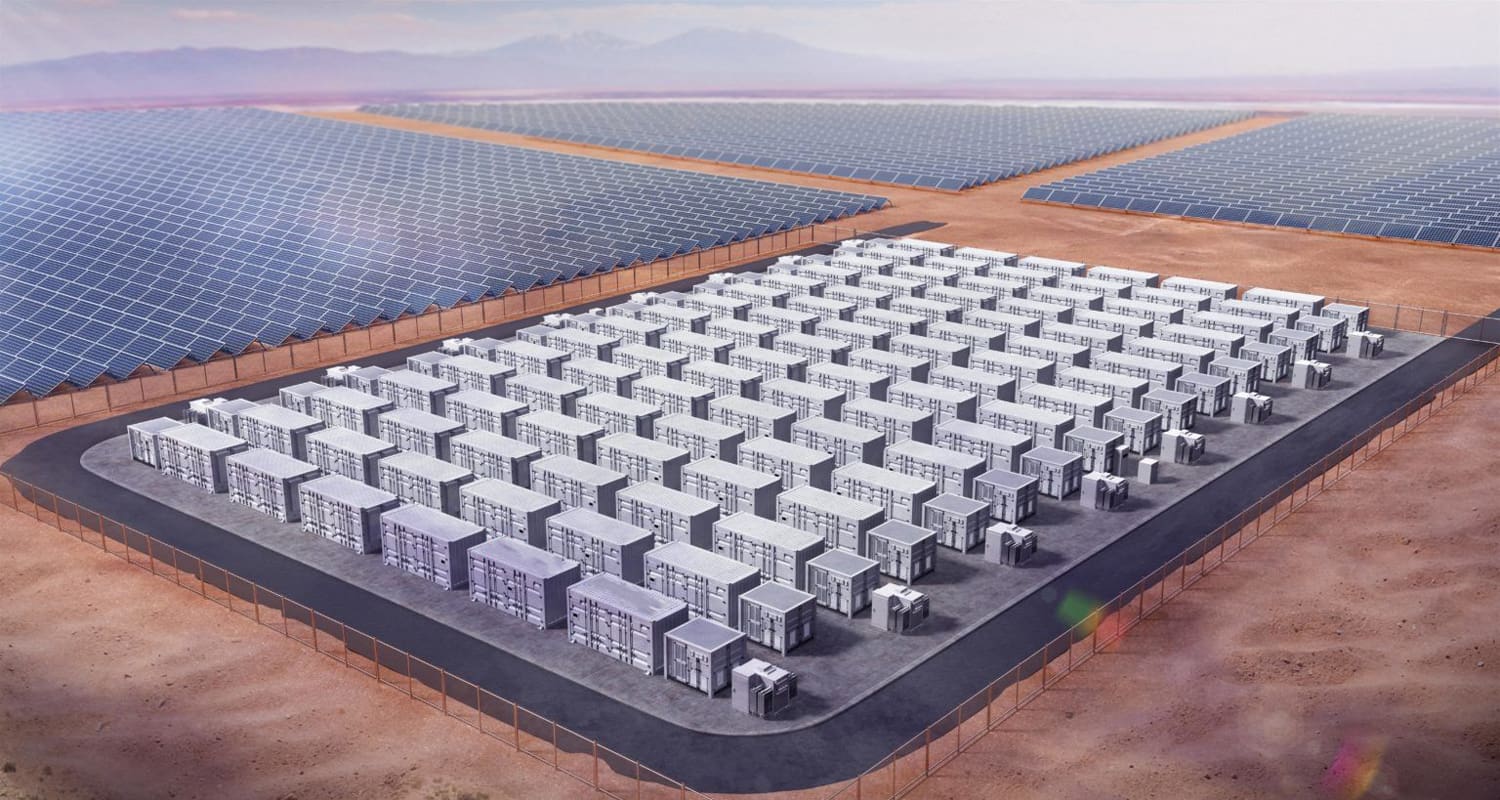Design and Application of Industrial and Commercial Photovoltaic Energy Storage Systems
Jul 18, 2024
In the pursuit of sustainable energy solutions, industrial and commercial sectors are increasingly turning to photovoltaic (PV) energy storage systems. These integrated systems not only harness the abundant solar energy but also ensure its reliable storage and distribution, thereby enhancing energy security and reducing reliance on fossil fuels. This article delves into the design considerations and diverse applications of industrial and commercial PV energy storage systems.
Design Considerations
1. Site Assessment and Capacity Planning
The first step in designing an industrial or commercial PV energy storage system involves a comprehensive site assessment. This includes analyzing the available solar irradiance, rooftop or land area, and local weather patterns to determine the optimal PV array size and orientation. Capacity planning follows, where the energy storage requirements are estimated based on the facility's energy consumption patterns, peak demand periods, and desired autonomy (i.e., the ability to operate independently from the grid).
2. Battery Technology Selection
Choosing the right battery technology is crucial for the performance and longevity of the energy storage system. High-voltage lithium-ion batteries are popular choices due to their high energy density, long lifespan, and fast charging/discharging capabilities. However, other factors such as cost, safety, and environmental impact must also be considered.
3. System Integration
The PV array and energy storage system must be seamlessly integrated with the facility's existing electrical infrastructure. This includes installing power conversion equipment (e.g., inverters, DC/DC converters) to convert the DC output of the PV panels into AC power compatible with the grid or local loads. Additionally, a sophisticated battery management system (BMS) is essential for monitoring and controlling the battery's state of charge, voltage, current, and temperature, ensuring safe and efficient operation.
4. Grid Connectivity and Ancillary Services
Industrial and commercial PV energy storage systems can be designed to operate in grid-connected, off-grid, or hybrid modes. On grid solar system can participate in ancillary services such as demand response, frequency regulation, and voltage support, providing financial incentives to the facility owner while enhancing grid stability.
Applications
1. Peak Shaving and Demand Management
One of the primary applications of industrial and commercial PV energy storage systems is peak shaving. By storing solar energy during off-peak hours and discharging it during peak demand times, these systems help reduce the facility's reliance on expensive peak power tariffs from the grid. This not only lowers energy costs but also reduces the strain on the grid during high-demand periods.
2. Backup Power and Resilience
In regions prone to power outages, industrial and commercial PV energy storage systems can provide critical backup power, ensuring uninterrupted operation of critical loads such as emergency lighting, security systems, and critical production equipment. This enhances the facility's resilience and minimizes downtime caused by grid failures.
3. Microgrids and Islanding
For facilities located in remote or islanded grids, PV energy storage systems can enable the creation of microgrids, allowing the facility to operate independently from the main grid. This not only enhances energy security but also provides the flexibility to source power from multiple renewable sources, further reducing the carbon footprint.
4. Green Tariff Programs and Incentives
Many governments and utilities offer financial incentives and green tariff programs to encourage the adoption of renewable energy and energy storage systems. Industrial and commercial PV energy storage systems can qualify for these programs, providing additional revenue streams for facility owners while contributing to the broader goal of decarbonizing the energy sector.
Conclusion
Industrial and commercial PV energy storage systems represent a transformative solution for enhancing energy security, reducing energy costs, and promoting sustainable energy practices. By carefully considering design considerations such as site assessment, battery technology selection, system integration, and grid connectivity, facility owners can create tailored energy storage solutions that meet their unique needs and contribute to a greener future. As renewable energy technologies continue to advance and costs decline, the adoption of PV energy storage systems in industrial and commercial settings is poised to accelerate, driving us closer to a fully decarbonized energy system.